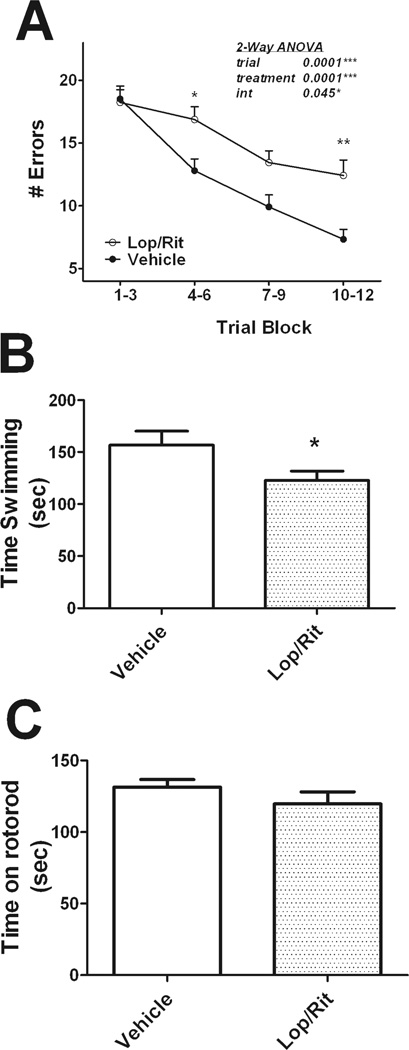Figure 1. Lopinavir/ritonavir affects cognition and learned helplessness, but not motor ability in mice.
Male C57BL/6 mice were treated daily with vehicle or lopinavir/ritonavir (150/37.5 mg/kg body weight) for 28 days, after which mice were evaluated behaviorally as described in Methods. Experiments were conducted in 9–20 animals per group over 2 separate cohorts. (A) Effects of lopinavir/ritonavir on cognitive performance in the Stone T-maze. Data show the number of errors committed over 15 trials of maze training and are means ± S.E.M. of average errors accrued over 3-trial blocks. Data were analyzed by 2-way ANOVA, and the insert depicts the significant main effects of trial number, treatment group, and the significant interaction between trial and treatment. *and ** indicate significant (p<0.05, p<0.01, respectively) increases in errors made by lopinavir/ritonavir-treated mice in trial blocks 4–6 and 10–12. (B) Effects of lopinavir/ritonavir on behavioral despair in Porsolt forced swim test. Data depict time spent in swimming/escape behavior, and were analyzed by 2-tailed, unpaired t-tests. * indicates the significant (p<0.05) decrease in swim time in lopinavir/ritonavir-treated mice as compared to vehicle-treated mice. (C) Effects of lopinavir/ritonavir on motor performance in the Rotarod test. Data depict the time mice were able to remain on the accelerating rotarod, and are mean ± S.E.M. of average time over 3 trails.

